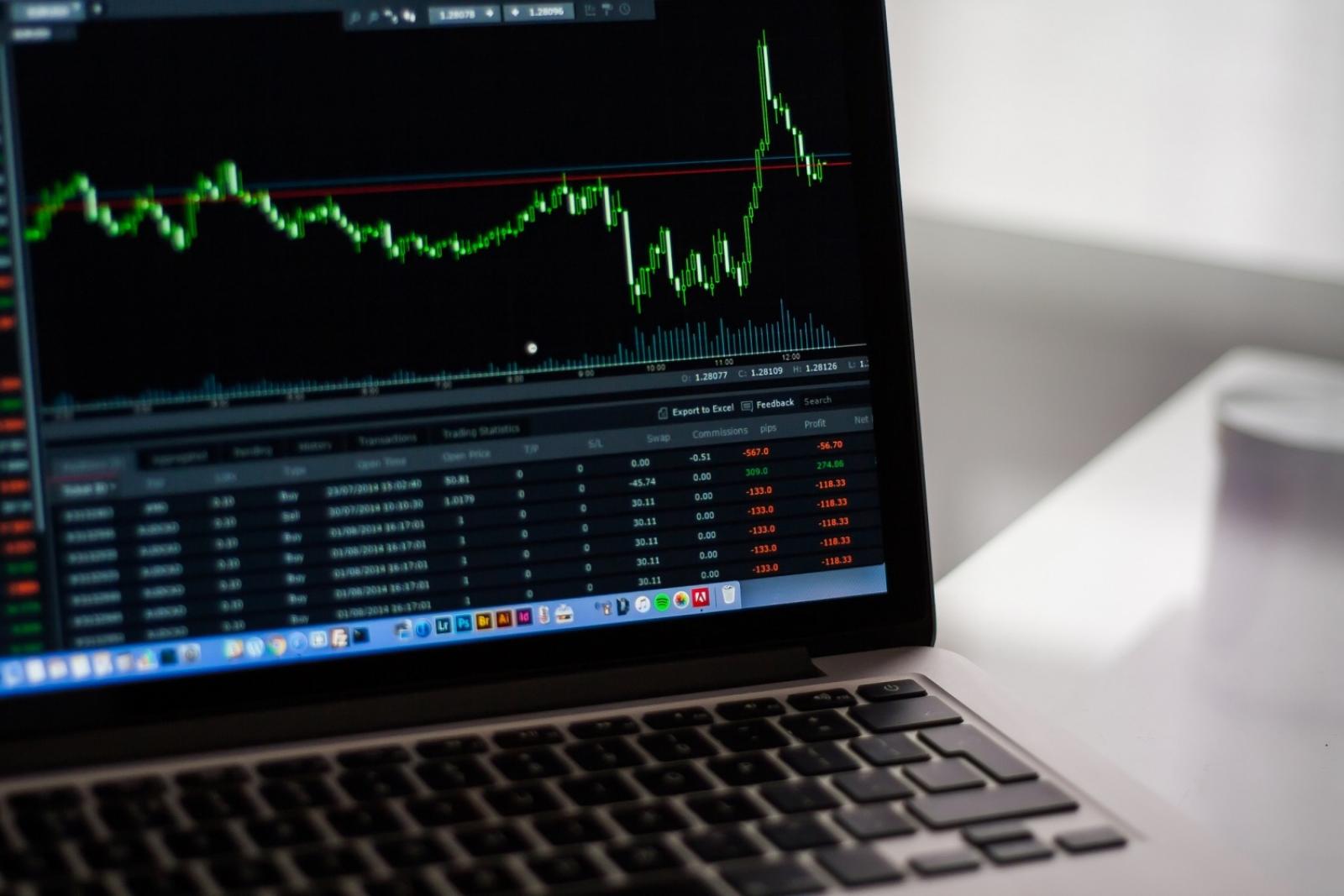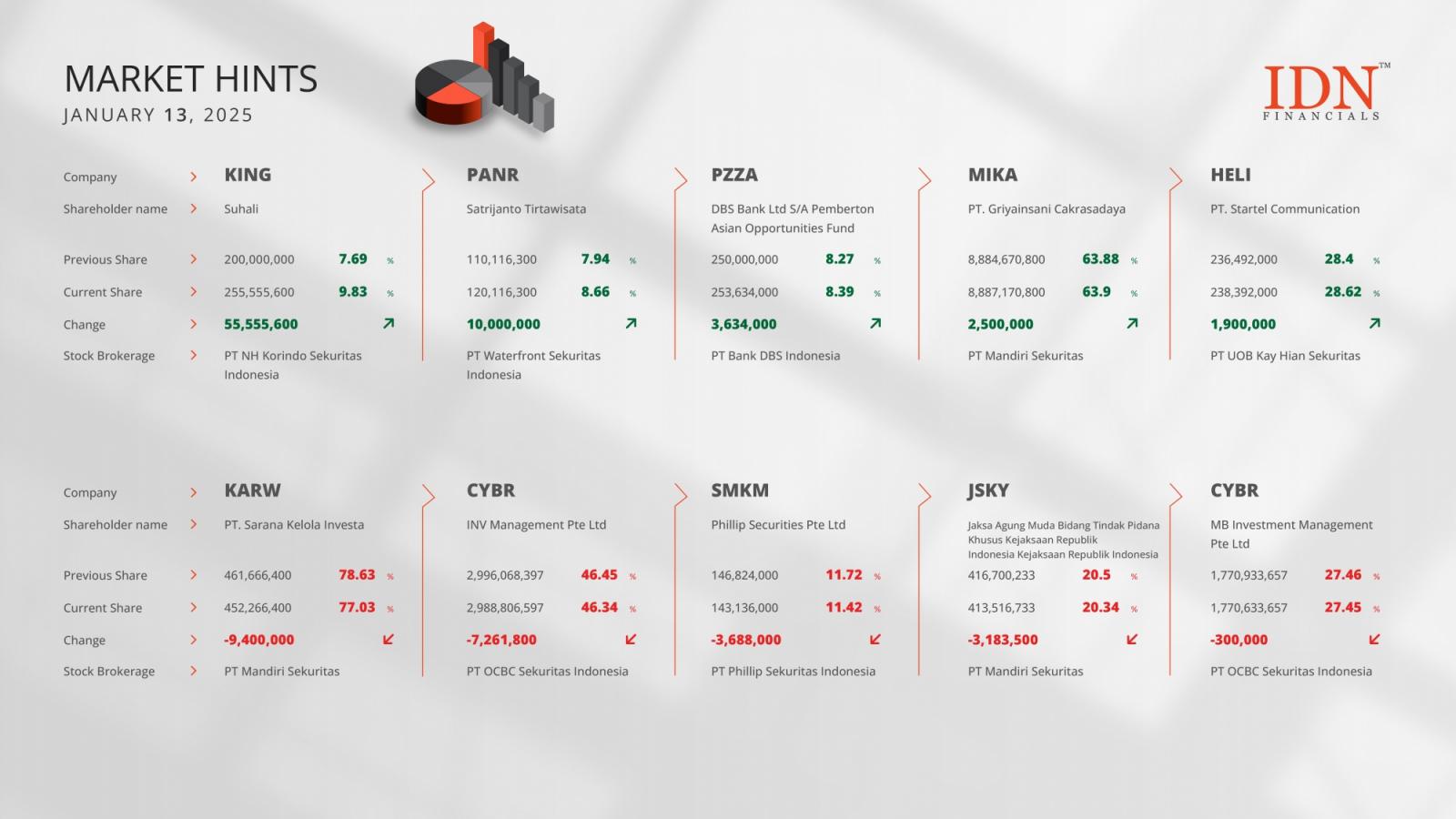
Amid the increasing protectionism and policy uncertainty, Developing East Asia is expected to log slower growth this year and next but, the pace is likely to be faster than the rest of the world on recovering global trade, the World Bank said in its East Asia and Pacific April 2024 Economic Update on Monday.
The Washington-based lender downgraded East Asia\'s growth outlook for this year to 4.5 percent from 5.0 percent. Likewise, the projection for next year was trimmed to 4.3 percent from 4.5 percent.
The estimates for both this year and next were weaker than the 5.1 percent growth projected for 2023.
\"The East Asia and Pacific region is making a strong contribution to world economic growth, even as it faces a more challenging and uncertain global environment, aging population and the impacts of climate change,\" World Bank East Asia and Pacific Vice-President Manuela Ferro said.
Ferro observed that these countries can sustain growth momentum by accelerating the opening of more activities to private sector investment, resolving financial sector challenges and boosting productivity.
In the semi-annual economic outlook, the World Bank said China is set to log a moderate growth this year as high debt, a weak property sector and trade frictions weigh on the economy.
As the bounce back from the re-opening of the economy fades, China\'s growth projection for this year was lowered to 4.5 percent from 5.1 percent and the outlook for next year was reduced marginally to 4.3 percent from 4.4 percent.
The World Bank said the rest of the East Asia Pacific region, which had suffered in 2023 from slow trade growth and tight financial conditions, is set to expand 4.6 percent this year.
The likely rebound in global goods trade and the gradual easing of global financial conditions are set to offset the impact of China slowing down.
The Pacific Island countries are expected to see slower growth at 3.6 percent this year and 3.3 percent in 2025.





